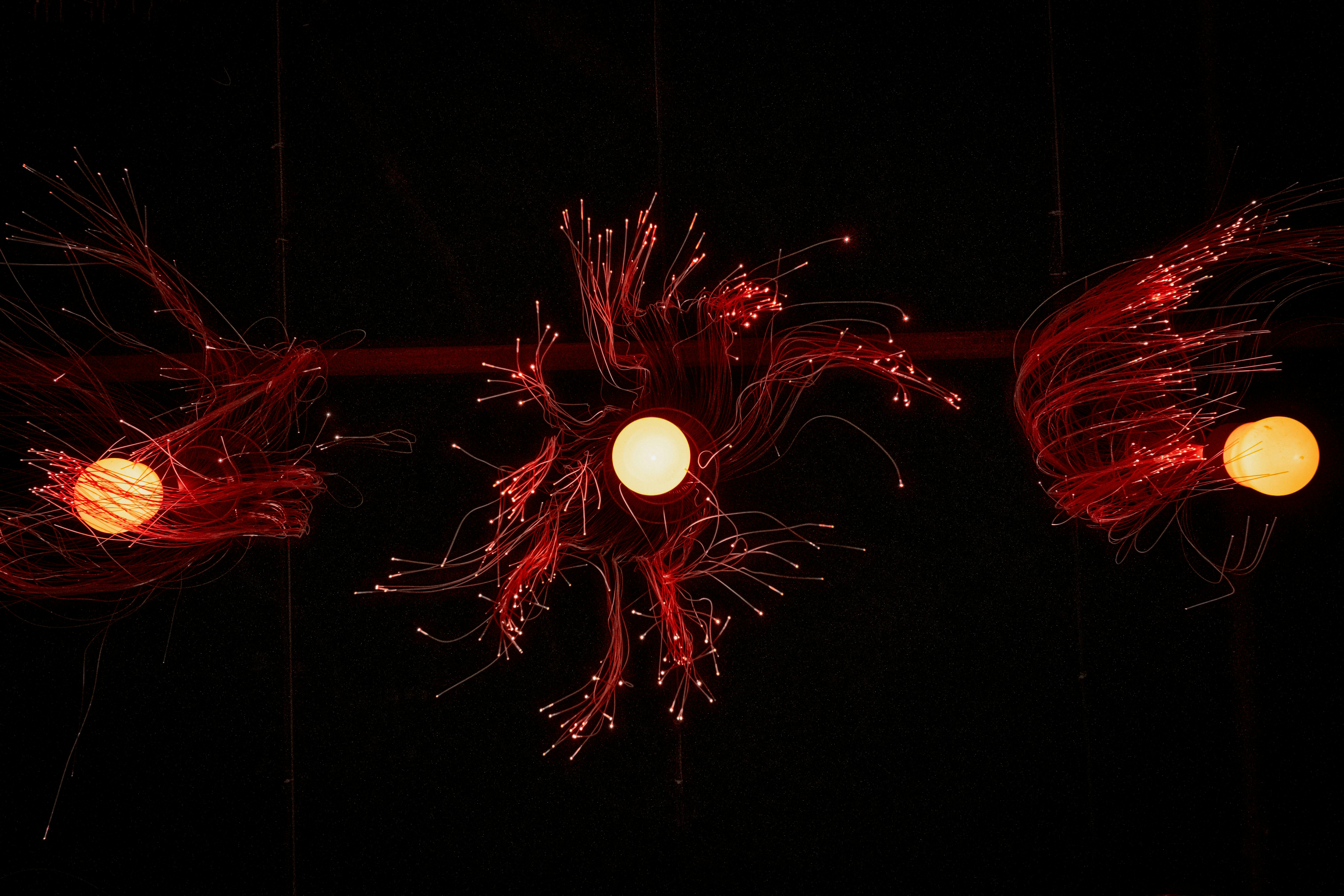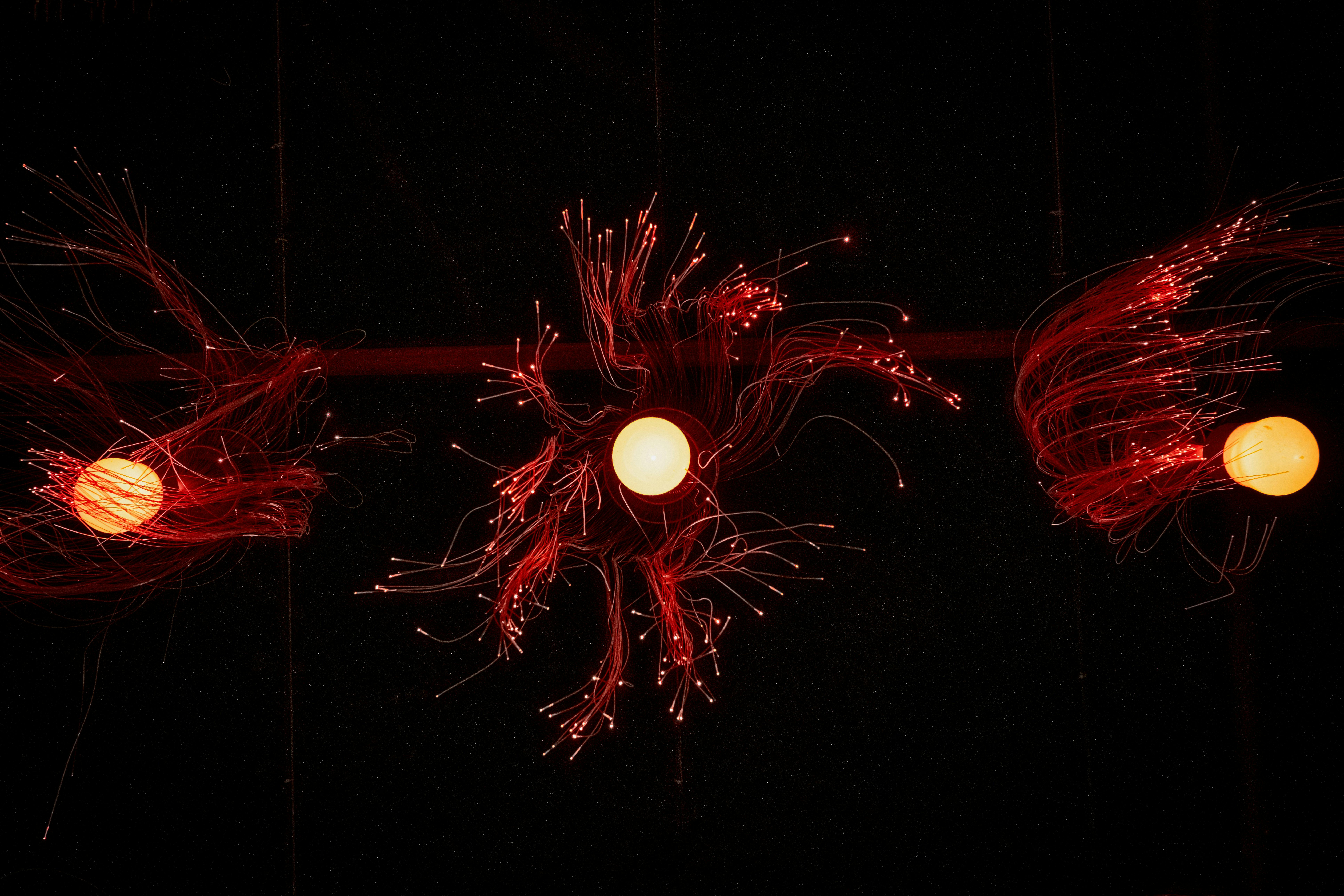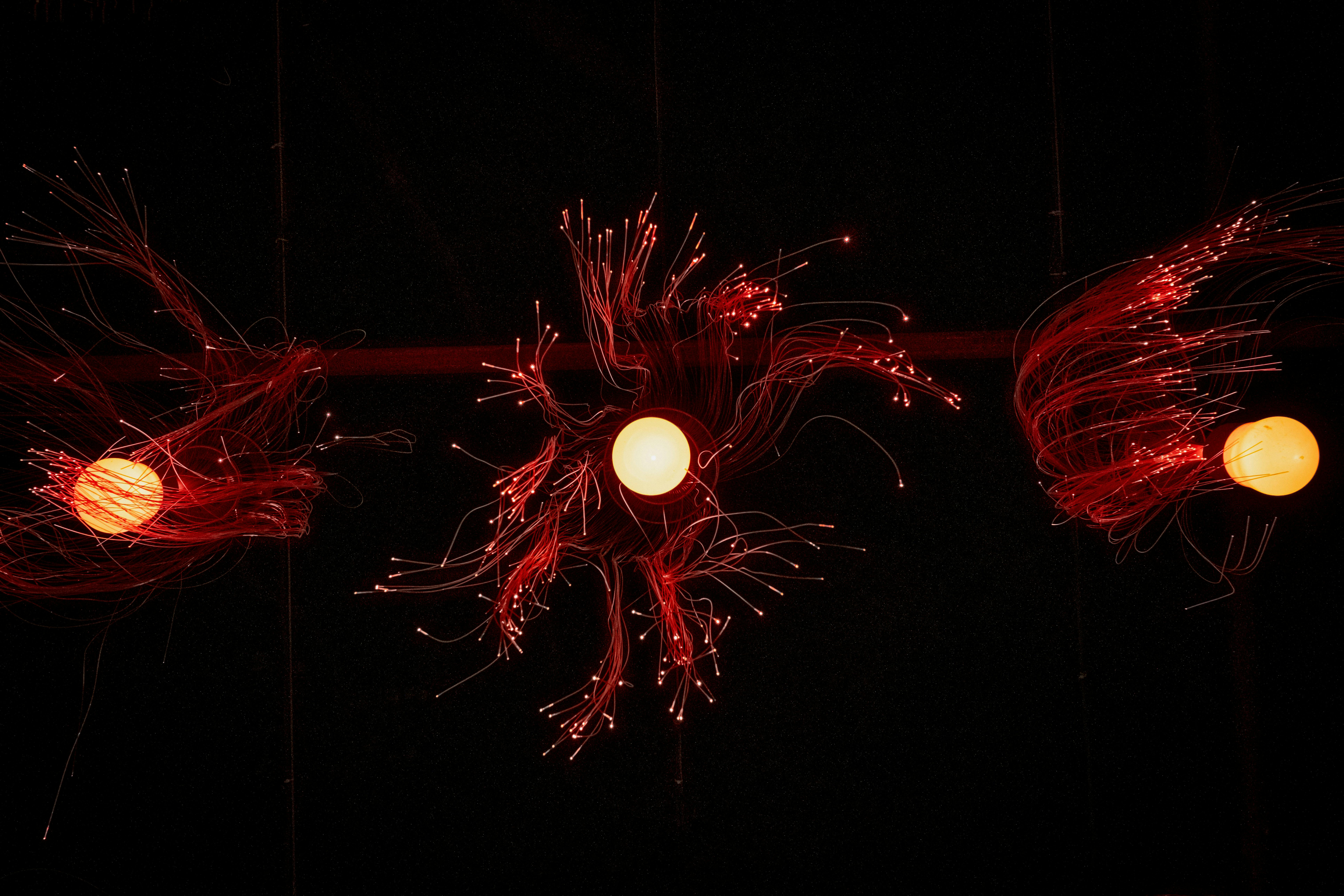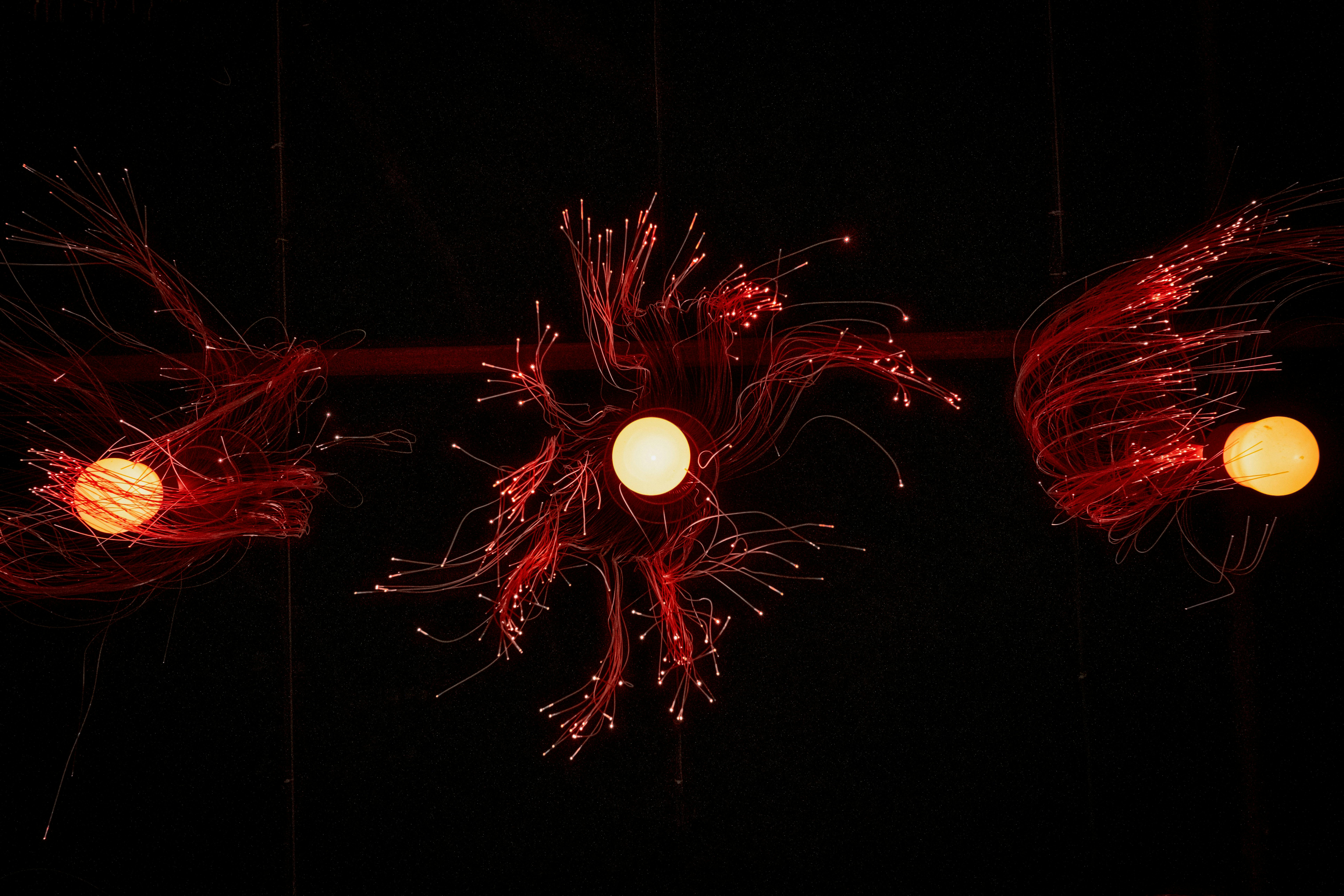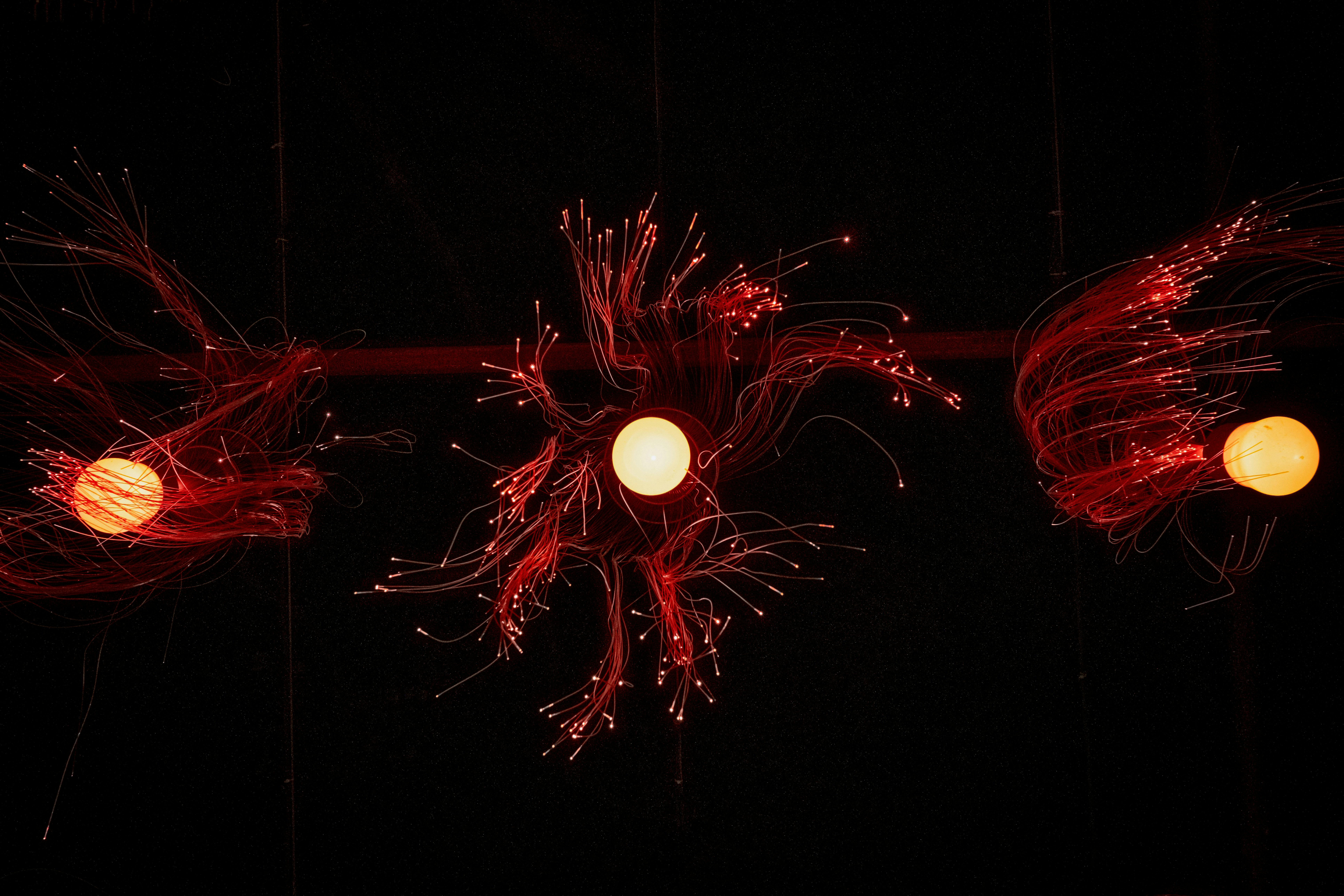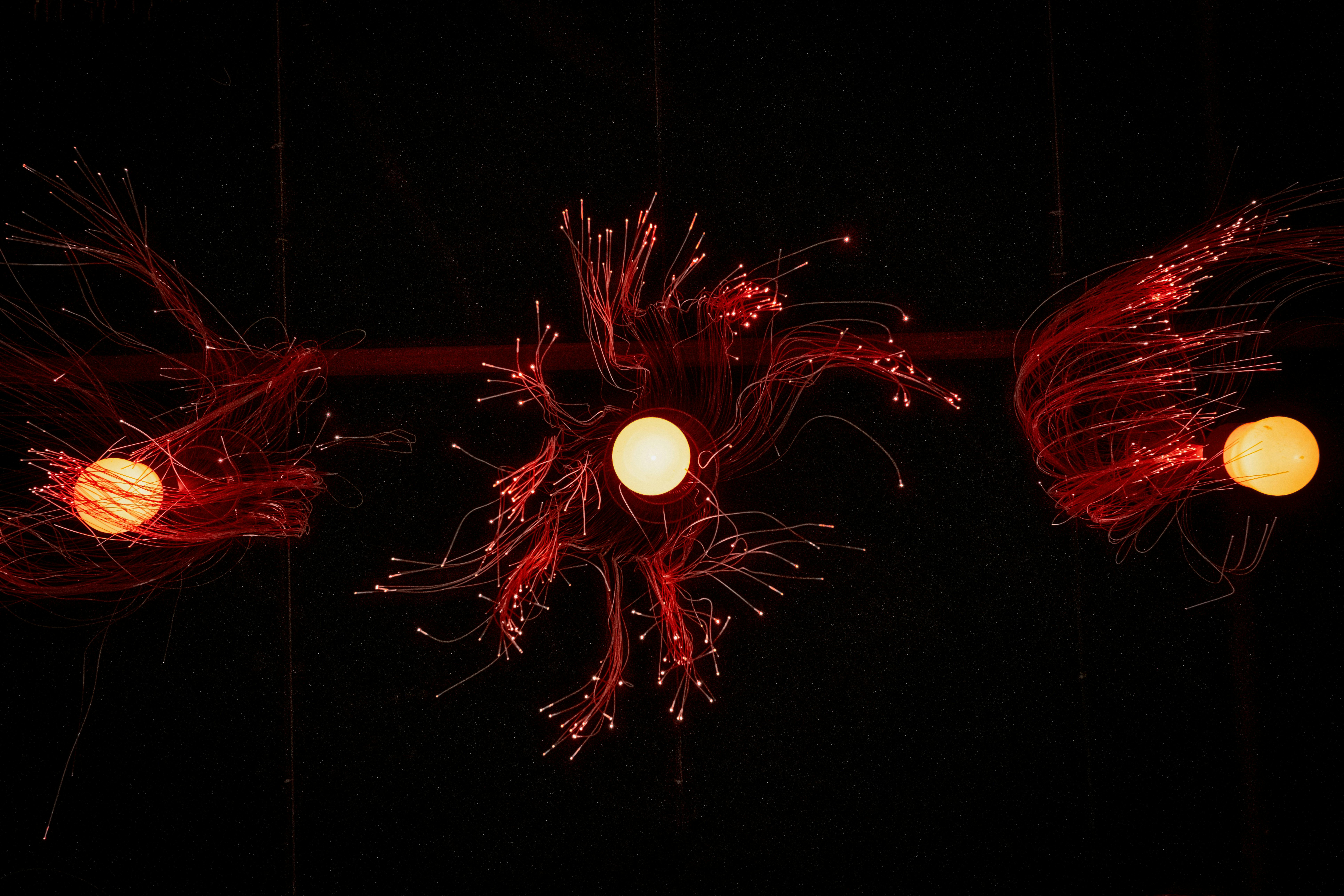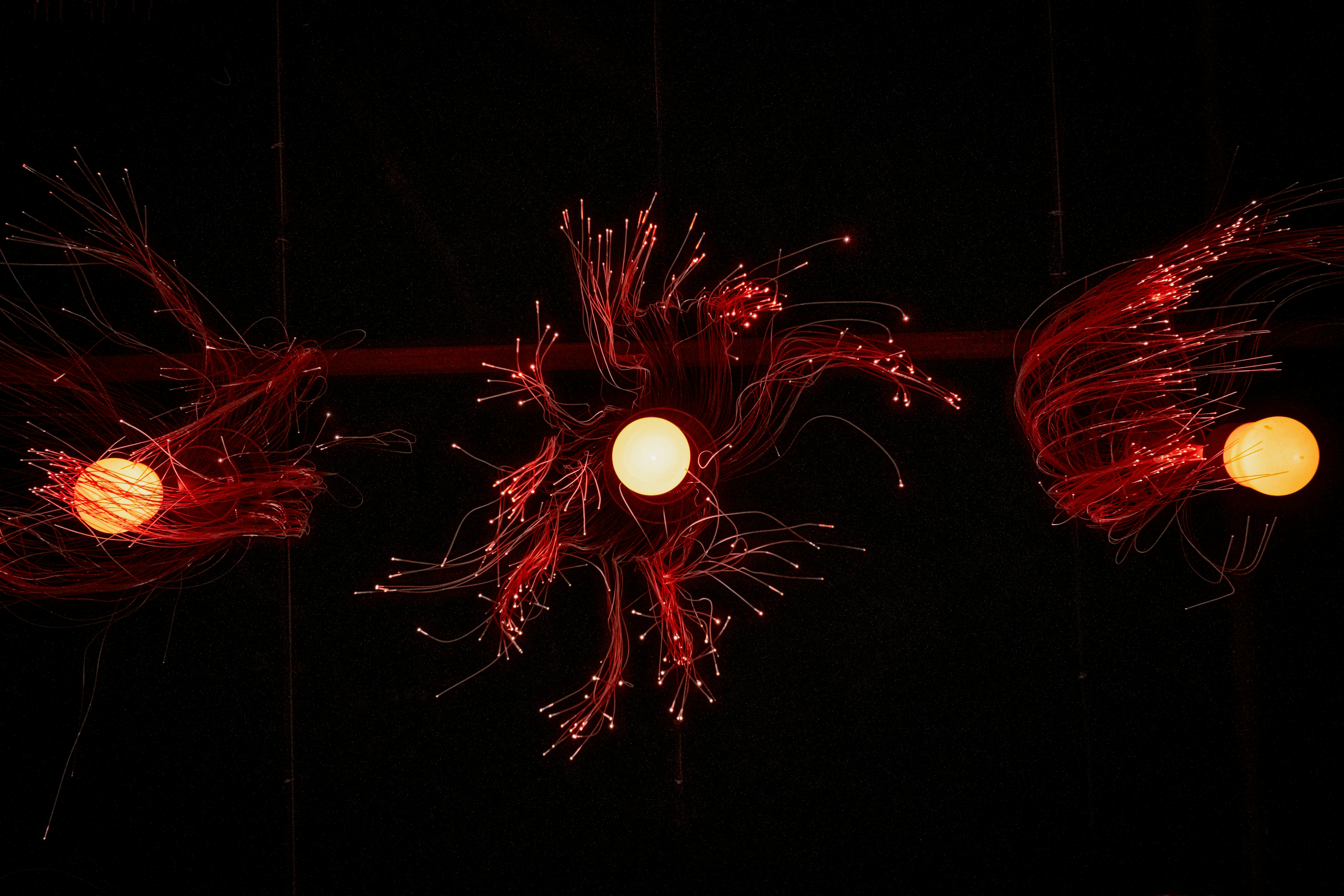Wallpaper Revival: Modern Patterns and Professional Installation Insights
Transform Your Home: The Powerful Psychology of Paint Color Choices
Stepping into a freshly painted room evokes an immediate feeling. That feeling isn’t accidental; it’s the powerful result of color psychology at work. Choosing paint colors goes far beyond mere aesthetics; it’s a strategic tool influencing mood, perception of space, energy levels, and even behavior within your home. For homeowners and DIY enthusiasts, understanding this connection unlocks the potential to create environments that truly support well-being and daily life. Whether you’re aiming for a serene bedroom sanctuary, a vibrant and productive home office, or a welcoming living area that fosters connection, the hues you select play a pivotal role. This article delves into the fascinating world of color psychology, offering practical guidance to harness its power for your next painting project, transforming your walls and your experience of home.
Understanding the Emotional Language of Color
Colors communicate non-verbally, triggering distinct psychological and physiological responses. Warm colors (reds, oranges, yellows) are inherently stimulating. They evoke feelings of energy, warmth, excitement, and sociability – ideal for spaces like dining rooms, kitchens, or entryways where activity and interaction are desired. Conversely, cool colors (blues, greens, purples) promote calmness, relaxation, and focus. They are perfect for bedrooms, bathrooms, and studies. Neutrals (whites, grays, beiges, taupes) provide flexibility and sophistication, acting as backdrops that can be warmed or cooled with accents. Remember that intensity matters: a soft sage green is calming, while a bright lime green is energizing. Consider the specific mood you want to cultivate in each room before browsing swatches.
Room-by-Room: Applying Color Psychology Strategically
Tailoring color choices to room function maximizes their psychological impact:
- Living Rooms: Opt for welcoming, versatile neutrals (warm beiges, greiges, soft greens) or warm, sociable tones (terracotta, muted gold). Avoid overly stimulating bright reds or overly somber dark blues unless balanced carefully.
- Kitchens: Energize with warm yellows, oranges, or reds (use brighter tones sparingly as accents). Clean, crisp whites or soft greens also work well, promoting a sense of freshness and hygiene.
- Bedrooms: Prioritize relaxation with cool blues, soft greens, lavenders, or warm, muted neutrals. Avoid high-energy, saturated colors on large surfaces.
- Home Offices & Studies: Enhance focus and mental clarity with greens (known to reduce eye strain), soft blues, or sophisticated, muted grays. Avoid overly relaxing colors that might induce lethargy.
- Bathrooms: Create a spa-like retreat with soft blues, greens, clean whites, or pale, warm grays. These evoke cleanliness, calm, and renewal.
Beyond the Hue: Light, Undertones, and Spatial Perception
Color perception is deeply influenced by context:
- Natural Light: North-facing rooms receive cool light; warm colors help counteract the chill. South-facing rooms get warm light; cool colors can provide balance. East/West rooms have changing light; test samples at different times.
- Artificial Light: Incandescent bulbs enhance warm tones. Fluorescent lights cast a cool, sometimes harsh, light. LEDs vary in color temperature (warm white, cool white, daylight); choose bulbs that complement your paint.
- Undertones: Every color has subtle underlying hues (e.g., a gray might lean blue, green, or purple). Identify undertones by comparing swatches to pure white. Mismatched undertones are a common source of color disappointment.
- Space & Perception: Light colors generally make a room feel larger and airier. Dark colors create intimacy and coziness but can feel constricting in small spaces. Use lighter colors for ceilings to heighten a room.
Practical Tips for Confident Color Selection
Navigate the sea of swatches with these actionable steps:
- Gather Inspiration: Look at design magazines, Pinterest, or nature. Note colors that evoke the desired feeling.
- Start with Large Elements: Consider fixed elements like flooring, countertops, or major furniture pieces that must harmonize with your wall color.
- Use Large Swatches & Sample Pots: Paint at least 2×2 foot sections on multiple walls in the room. Observe how the color changes throughout the day and under artificial light.
- Test in Context: View samples next to trim, flooring, and furnishings. Move them around the room.
- Consider the LRV (Light Reflectance Value): Found on paint swatches or online, LRV indicates how much light a color reflects (0=absorbs all light, black; 100=reflects all light, white). Higher LRV = brighter, more reflective space.
- Limit Bold Choices: If drawn to a strong color, consider using it on an accent wall or in smaller spaces like a powder room first.
Conclusion
Choosing paint colors is far more than a decorative decision; it’s an opportunity to shape the atmosphere and emotional experience of your home. By understanding the fundamental psychology of warm and cool tones, strategically applying them based on room function, and carefully considering the critical influences of light, undertones, and spatial perception, you gain powerful control over your environment. The practical steps of gathering inspiration, testing large samples in the actual space under different lighting conditions, and paying attention to LRV and existing elements are essential for avoiding costly regrets. Your key takeaway: Always invest in sample pots and test paint colors directly on your walls. Observe them for several days, through different times and lighting scenarios, before committing. This simple, crucial step ensures the color you envision is the color you achieve, creating a home that not only looks beautiful but truly feels right.

